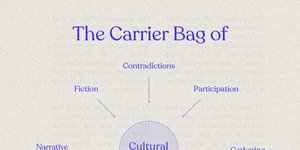Nabila Ahmed
@nabsthe1st
Nabila Ahmed
@nabsthe1st
In order to play the role of truth-teller, an outsider must reflect the community’s values.
-Nadia Asparouhova, Antimemetics
The Story of the Place
The story of place as a context serves multiple purposes:
First, history has shown that we will not sustain the will needed to make and maintain the needed changes, day after day, without evoking the spirit of caring that comes from a deep connection to place. A clear cultural narrative is needed to convey the connection to a

“Post-heroic storytelling doesn’t reject structure. But it invites us to question whose voices are central, and whose are missing. It invites us to imagine storytelling as a collective act.”
…bureaucracies can be thought of as a type of antimemeplex, in which a series of antimemes act together to stay hidden from our awareness.
-Nadia Asparouhova, Antimemetics

A decentralised network of curious minds makes teh information ecosystem stronger, more adaptive, and more likely to produce ideas that take off.
-Nadia Asparouhova, Antimemetics
Living systems and regenerative thinking
Bill Reed: Shifting from ‘sustainability’ to regeneration
…artefacts are a gift to their future selves, and to anyone else who might come across the same problem and try to solve it. Even if one person disappears, our collective memory carries on.
-Nadia Asparouhova, Antimemetics